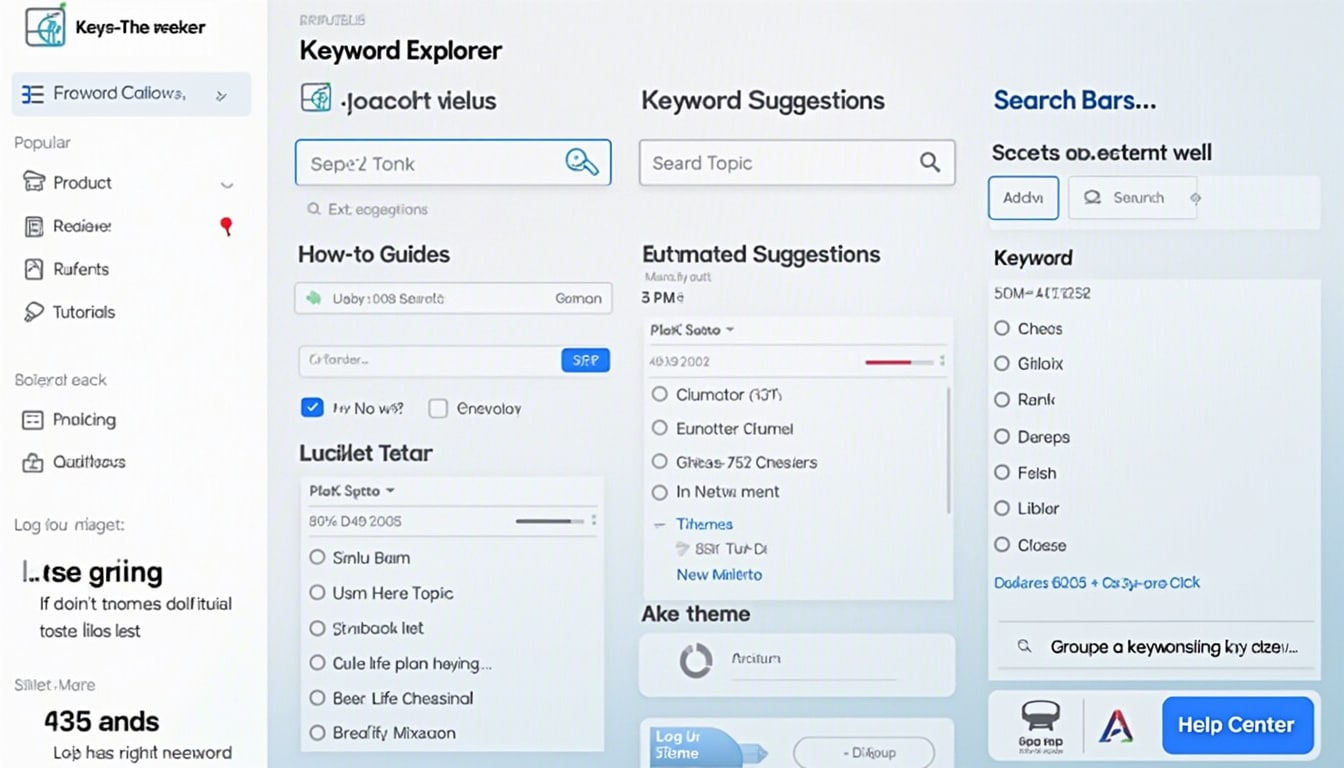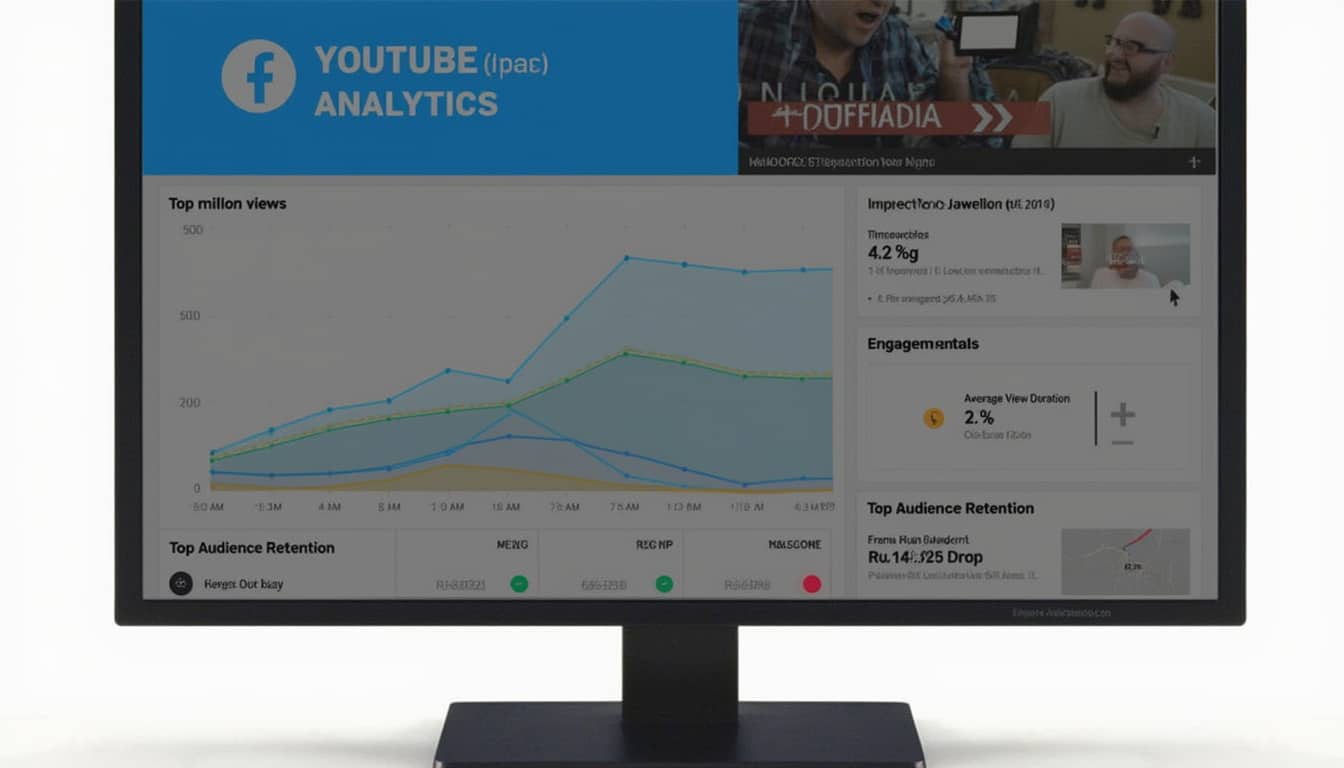In the ever-evolving landscape of digital content, ensuring that your videos rise above the noise can sometimes feel like an uphill battle. Many creators confidently use keywords in an attempt to optimize their content for search engines. However, an overwhelming focus on keyword use might inadvertently harm your video visibility instead of enhancing it. This exploration into the impacts of keyword overuse will uncover the delicate balance you need to strike for maximum viewer engagement and discoverability.
With platforms like YouTube hosting billions of videos, understanding how the algorithm interprets your metadata is crucial. Each decision regarding tags, titles, and descriptions plays a pivotal role in determining how your videos are ranked and who gets to see them. While it seems beneficial to populate your uploads with every conceivable search term, you might be lowering your video’s chance of appearing in relevant searches. Let’s dive deeper into the many facets of this topic.
The Impact of Keyword Overuse on Video Visibility
When optimizing your videos, one might think that throwing in as many relevant keywords as possible would guarantee higher chances of appearing in search results. However, this approach runs the risk of keyword stuffing, which can confuse the algorithm and detract from user experience. Search engines, like YouTube, prioritize high-quality, relevant content over sheer volume.
In reality, the overwhelming use of keywords in your tags and descriptions can lead to a few consequences:
1. Algorithm Confusion
When your video metadata is crammed with too many keywords, the algorithm faces difficulty determining the content’s primary focus. This may lead to lower search rankings and can even result in your video being categorized under irrelevant topics. Therefore, sticking to a few hyper-targeted keywords can provide clarity and improve your chances of being recommended in related searches.
2. User Frustration
Another unintended side effect of keyword overuse is user frustration. If viewers stumble upon your videos through searches only to find content that doesn’t deliver what they expected, their dissatisfaction can lead to an increase in bounce rates. This is detrimental, as engagement signals like watch time are crucial for ranking well.
3. Violation of Platform Guidelines
Many platforms, including YouTube, have guidelines around keyword usage. Violating these by excessively repeating keywords could lead to penalties, resulting in reduced visibility. Instead, focus on weaving keywords naturally into your content without sounding forced.

4. Negative SEO Impact
Overusing keywords can also trigger spam detection algorithms that search engines deploy. They might interpret excessive tagging or awkward phrasing as an attempt to manipulate rankings, leading to decreased visibility in search results. This emphasizes the need for authenticity and relevance in your content strategy.
5. Diminished Quality
Prioritizing keywords over quality can detrimentally affect the overall standard of content. Instead of creating engaging videos with valuable insights and entertainment, you may find yourself producing bland content simply to fit in as many keywords as possible. Strive for a balance where your keywords complement your message rather than overshadowing it. Always remember that attracting viewers is essential, but retaining them is what will ultimately contribute to your success.
Best Practices for Keyword Optimization
To navigate the intricacies of video optimization without falling into the keyword overuse trap, consider these best practices:
1. Focus on Relevance
Choose keywords that are directly relevant to the video content. Ensure that the terms you select reflect what a potential viewer may actually search. Utilize tools like Google Keyword Planner or Ahrefs to discover trending and relevant terms that fit naturally into your video.
2. Keep It Simple
Aim for a balanced approach when including keywords. Instead of listing numerous similar phrases, focus on a handful of well-chosen ones that truly represent your content. Limiting your keyword tags can also help maintain clarity while allowing the algorithm to effectively categorize your video.
3. Engage with Content Creators in Your Niche
Seeing how other successful creators utilize keywords can shed light on effective strategies. Observing your competitors’ content can inspire you to select relevant keywords and help you understand the audience’s preferences. Actively engage with online communities and forums that discuss video optimization for further insights.

4. Test and Iterate
As trends evolve, so does the effectiveness of keywords. Monitor your analytics for indications of how your videos are performing with the keywords you’re using. If certain ones aren’t delivering results, don’t hesitate to update or swap them out for ones that might yield better results. Testing different keywords is key to improving your overall ranking and reach.
5. Crafting Descriptive Titles and Descriptions
Make effective use of your keywords by incorporating them in your video’s title and description. Craft engageable titles while seamlessly incorporating relevant phrases that enhance clarity about the video content. This not only guides viewers but also signals to the search algorithm what your video is about.
Measuring Your Success
Once you’ve begun implementing more mindful keyword practices, tracking your progress is vital. Aiming for clarity and quality in your keywords is just one side of the coin; you need to ensure that your overall visibility and engagement metrics are also improving. Here’s how to measure success effectively:
1. Utilize Analytics Tools
Take advantage of built-in analytics tools available on platforms like YouTube and TikTok. These tools allow you to monitor engagement metrics, view counts, and audience retention rates, helping you identify what works and what doesn’t in your keyword strategies.
2. A/B Testing
Experiment with different keyword strategies. Test variations in keyword placement, types, and combinations to determine which approach garners more audience engagement. Analyze the results after a specific period to see which keywords resonate with your audience.
3. Collect Viewer Feedback
Encouraging audience interaction through comments and surveys is a great way to understand viewer preferences. Additionally, direct feedback can provide insight into whether your video keywords matched their expectations and attracted them in the first place.

4. Adapting to Algorithm Changes
Platforms frequently update their algorithms to improve user experience. Staying informed about these changes ensures that your keyword practices remain effective. Regularly updating your strategy and staying current on best practices is essential for maintaining visibility and maximizing reach.
5. Stay Educated
The digital environment is constantly evolving. Attend workshops, read articles, and participate in online courses to remain knowledgeable about SEO trends, including keyword usage. This commitment will undoubtedly improve your skills and contribute significantly to your visibility.
Final Thoughts
While keywords are essential for enhancing video visibility, quality and relevance ultimately take precedence over volume. Striking the right balance is key, ensuring your audiences find valuable content without feeling overwhelmed by forced keyword placement. By keeping up with the recommendations and utilizing effective practices for keyword management, you can significantly improve your video performance while staying on the right side of algorithm guidelines. The power of meaningful keyword use will not just elevate your content’s reach but also build a loyal viewer base that reliably engages with your videos.
